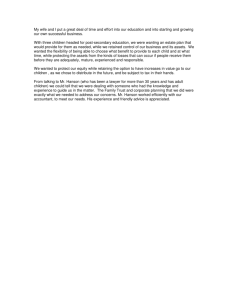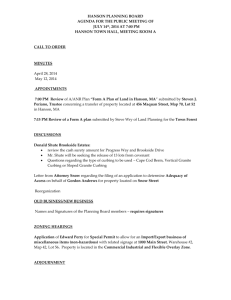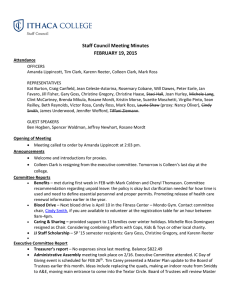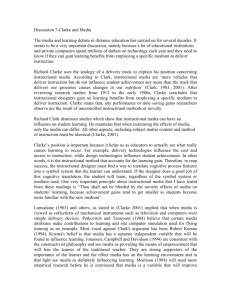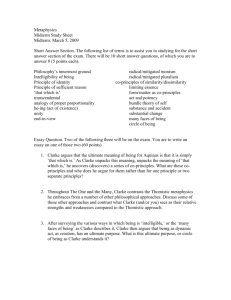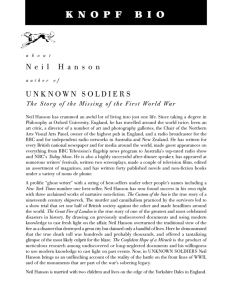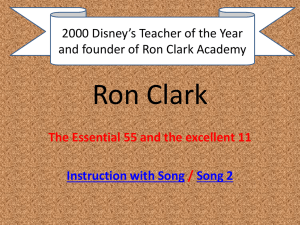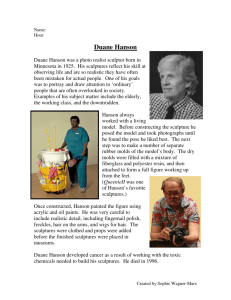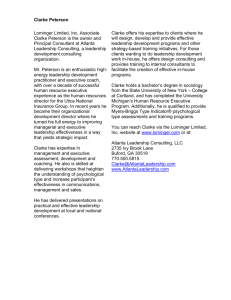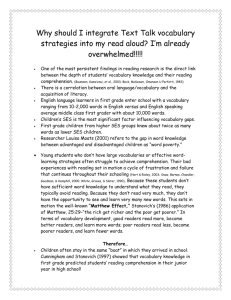Life Story Work
advertisement
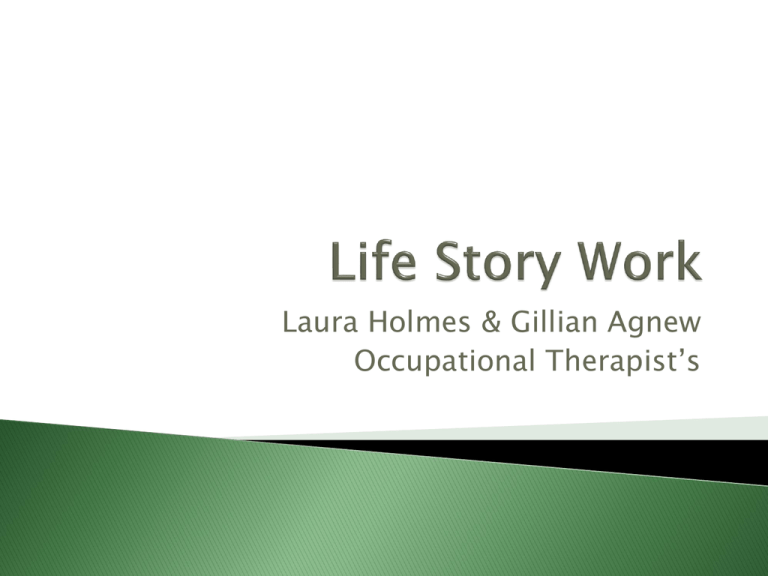
Laura Holmes & Gillian Agnew Occupational Therapist’s Life Story Work is a record of the life of an individual including their past, present and future It can be recorded in various formats such as written log, photographs, scrap booking, memory box, collage, digital/computerised Everyone can use it in their professional or personal lives Within health & social care it is used within community, hospital and care home settings It is primarily used for people who have memory problems or a dementia The individual, their family/friends and staff work together to create a record of Life Story which best suits the individual (McKeown, Clarke & Repper, 2006) Person:– Opportunity to share their story, interests and reminisce Working to patient strengths Informing present and future care - being involved Building relationships with care staff Family/Friends/Carers:Feeling involved in persons care Opportunity to share memories, thoughts and opinions Building relationships with care staff Staff:Better understanding of the person Building relationships with person and their family etc Promoting person centred care Improving assessment and communication (Clark, Hanson & Ross, 2003). Activity - Timeline Take 10/15 minutes and using the paper and pens provided make your own life story timeline Place a line from one side of the page to the other then starting from your year of birth, place words/drawings along the line relating to significant life events until present day Pick the year/age that makes you smile to share with the group www.nhsaaa.net/activelyengaged www.alzhiemers.org.uk www.lifestorynetwork.org.uk www.dementiauk.org/ www.elderlyactivities.co.uk References Clark, Hanson & Ross, 2003. Seeing the person behind the patient: enhancing the care of older people using a biographical approach. Journal of Clinical Nursing 2003; 12: 697–706 McKeown, Clarke & Repper, 2006. Life story work in health and social care: systematic literature review. Journal of Advanced Nursing Volume 55 2: 237–247.
